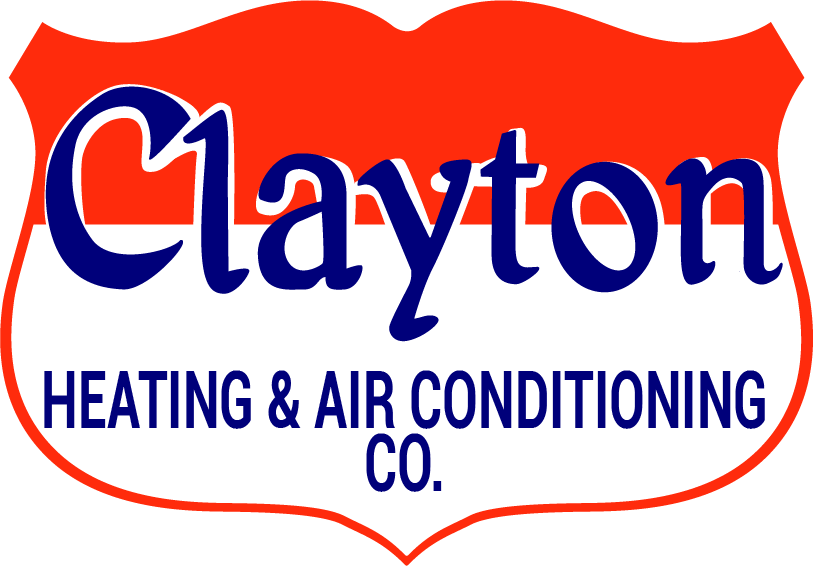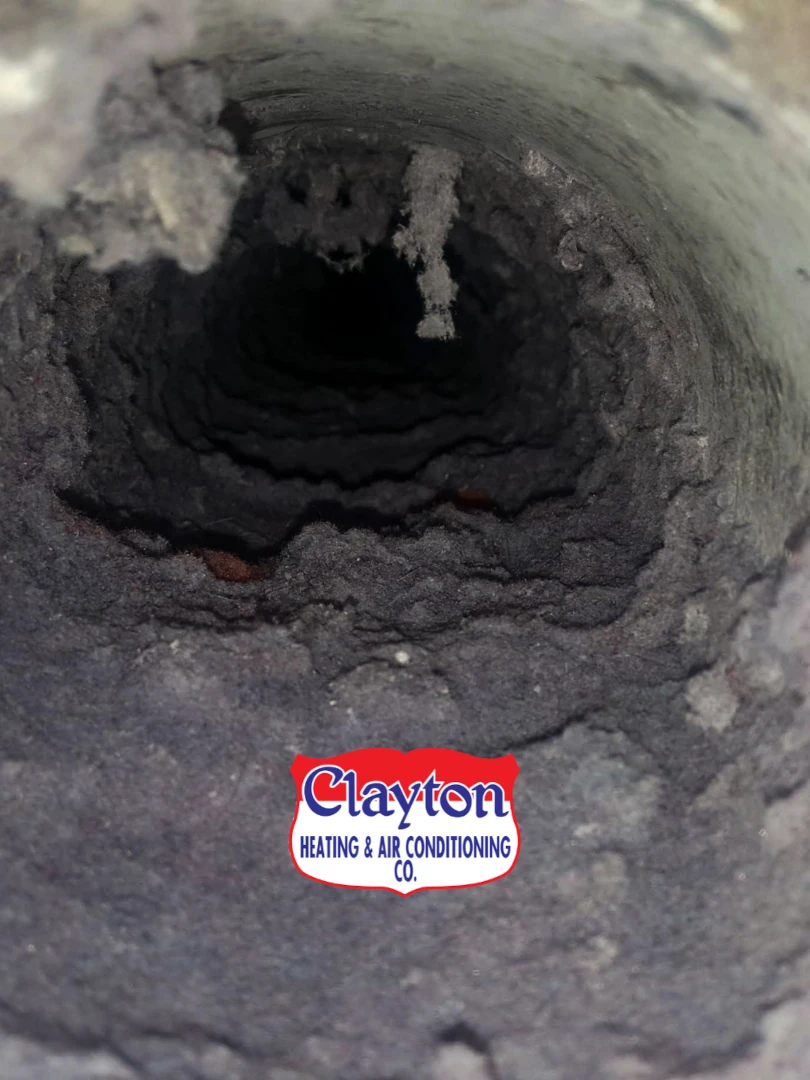How Often Should You Clean Your Air Vents?
For most households, air vents should be cleaned every 3-5 years under normal conditions. However, certain circumstances may require more frequent cleaning:
- Homes with pets that shed fur and dander
- Residents with allergies, asthma, or respiratory conditions
- Recent home renovations or construction
- Visible mold growth or unusual odors from vents
- Homes in particularly dusty environments
What Happens When Air Vents Are Neglected?
Neglecting your air vents can lead to several problems that affect both your health and your wallet:
- Reduced Air Quality: Dust, allergens, and other particles accumulate in dirty vents and recirculate throughout your home, potentially triggering allergies and respiratory issues.
- Decreased System Efficiency: Clogged vents force your HVAC system to work harder, consuming more energy and increasing utility bills by up to 25%.
- Shortened Equipment Lifespan: The strain placed on your heating and cooling system from dirty vents can lead to premature equipment failure and costly repairs.
- Uneven Heating and Cooling: Restricted airflow from dirty vents creates uncomfortable hot and cold spots throughout your home.
- Potential Mold Growth: Moisture that collects in dirty vents creates an ideal environment for mold and bacteria to flourish.
Benefits of Regular Air Vent Cleaning
Investing in professional air vent cleaning provides numerous advantages:
- Improved Indoor Air Quality: Remove accumulated dust, allergens, and contaminants for cleaner, healthier air.
- Enhanced Energy Efficiency: Clean vents allow your HVAC system to operate at peak efficiency, reducing energy consumption and lowering utility bills.
- Extended System Lifespan: Proper airflow reduces strain on your equipment, helping it last longer and perform better.
- More Comfortable Living Environment: Enjoy consistent temperatures throughout your home without disruptive hot or cold spots.
- Reduced Cleaning Needs: Less dust circulating means less frequent dusting of furniture and surfaces.

